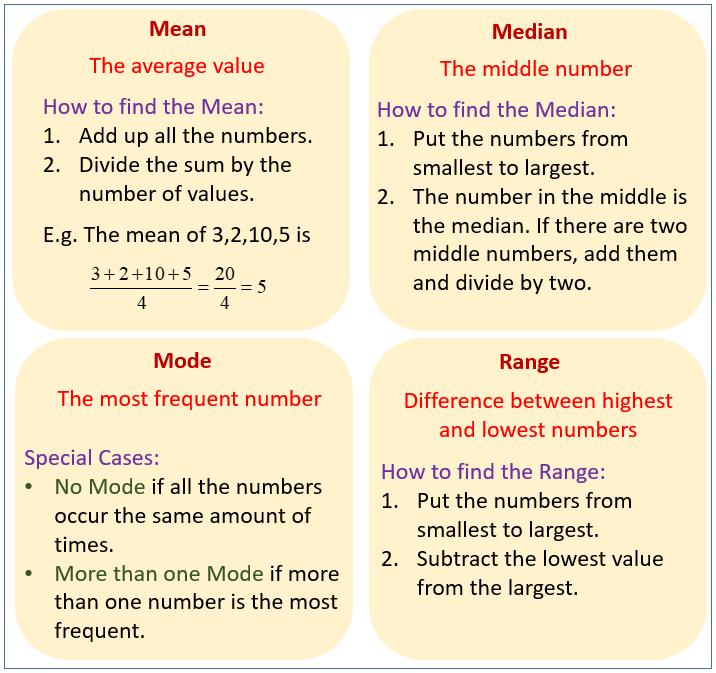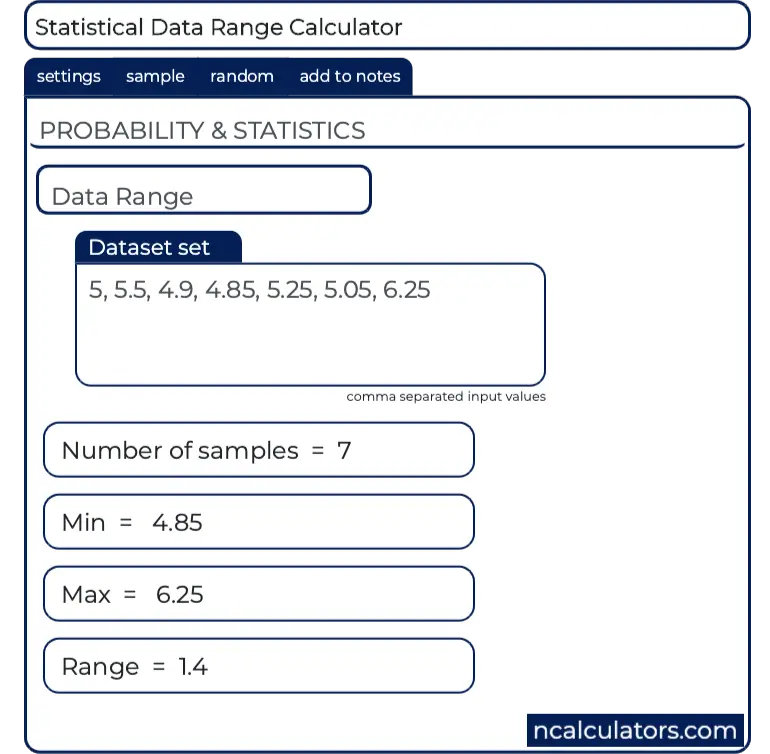

PLEASE RATE & REVIEW Thanks for your help Features: - Calculate day between 2 days - Filter by Weekdays and weekends - Calculate the number of hours total by specifying a number of hours per day. Potential Outliers are values that lie above the Upper Fence or below the Lower Fence of the sample set. Date Range Calculator will make the job an easy one. Mode is the value or values in the data set that occur most frequently.Ħ, 9 the mode is 1 and also 6. The mean x̄ of a data set is the sum of all the data divided by the count n. The mean is the same as the average value in a data set.

Target HRmax (THRmax) is caluclated as follows: THRmax (. This calculator will give you the range you should zero your rifle in order. Target HR range is calculated as follows: THRR (HRR x desired training intensity) + HRest. Arrange data points from smallest to largest and locate the central number. MPBR is the farthest distance you are able to shoot a firearm without holding over. The median is the central number of a data set. Add up all of the numbers and divide by the number of numbers in the data set. The mean is the same as the average value of a data set and is found using a calculation. In different ways they each tell us what value in a data set is typical or representative of the data set. Mean, median and mode are all measures of central tendency in statistics. You can also copy and paste lines of data from spreadsheets or text documents See all allowable formats in the table below. See below for a comparison of rating standards.Calculate mean, median, mode along with the minimum, maximum, range, count, and sum for a set of data.Įnter values separated by commas or spaces. For range calculation, please enter numerical data separated with comma (or space, tab, semicolon, or newline). Rated range as displayed on the Energy Consumption label is calculated according to the ADR 81/02 NEDC based standard as defined by UNECE R101/01. WLTP also tests vehicles at higher speeds and more realistic temperatures than NEDC. The WLTP test cycle doubles the distance and number of driving phases and includes a better balance between urban and non-urban driving. For example, WLTP uses a dynamic test cycle lasting 30 minutes instead of NEDC’s single test cycle of 20 minutes. The WLTP system makes several enhancements over the NEDC methodology to yield more accurate figures. If you have some difficulties using our tool, we’ve created a step-by-step guide to assist you during the estimation. What is the difference between NEDC & WLTP testing?īoth WLTP and NEDC estimate electric vehicle driving range. 4.EV energy consumption: 25 kWh/100 miles. Because all manufacturers must use the exact same testing conditions, the main purpose of the WLTP is to allow for realistic comparison of range between electric vehicles from different manufacturers. While WLTP testing aims to be based on real-world performance, it still uses a specific test cycle that is reproducible and repeatable by any testing facility with any vehicle.
Range calculator driver#
For example, one driver might accelerate faster and brake more suddenly than another who may drive more conservatively. The vehicle’s actual range depends on many factors, including the environment and personal driving habits. WLTP aims to test vehicles under conditions that are realistic and mimic on-road performance however it does not cover all possible variations. What is the discrepancy between the WLTP estimate and real-world range? Testing is performed at different speeds and includes stops, acceleration and braking.

It uses a dynamic test cycle lasting 30 minutes with a number of driving phases and includes a balance between urban and non-urban driving. The WLTP rates electric vehicle driving range. Your actual range will vary depending on the vehicle configuration, battery age and condition, driving style and operating, environmental and climate conditions. Certified ranges are tested on the largest wheel option, as required by law, reflecting the lowest-range configuration. All ranges follow the WLTP standard, which can be useful in comparing ranges among electric vehicles.


 0 kommentar(er)
0 kommentar(er)
